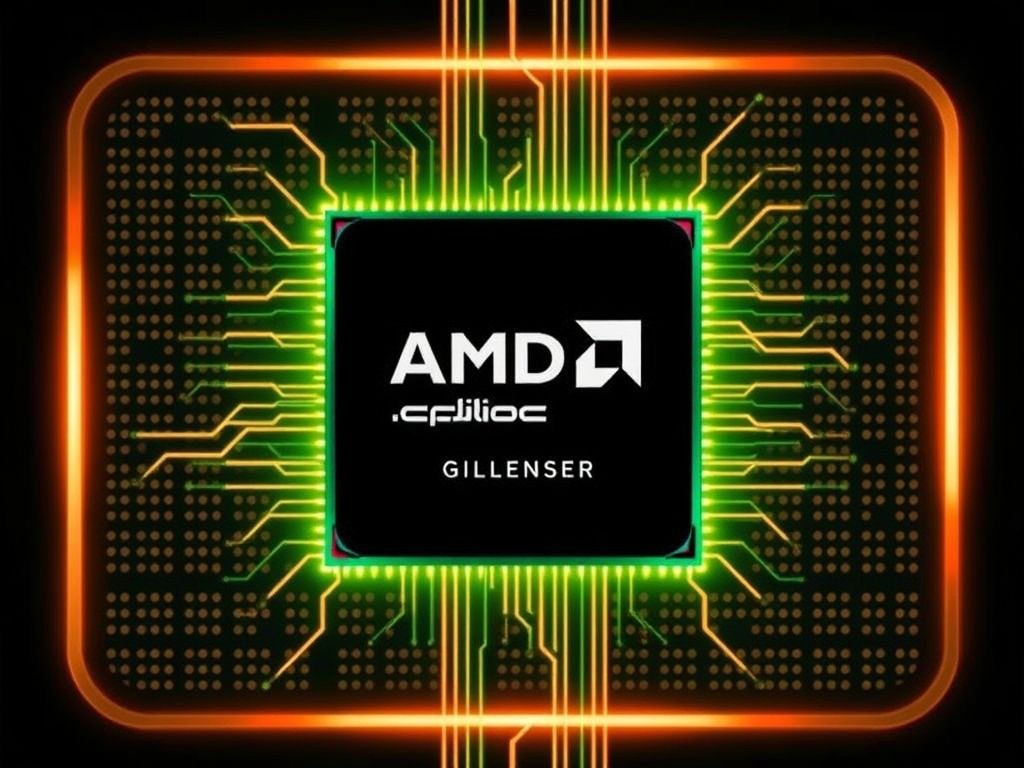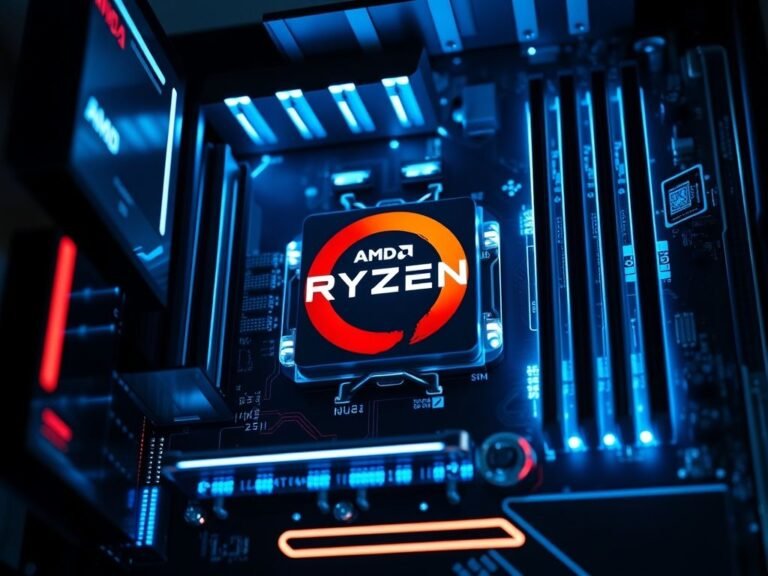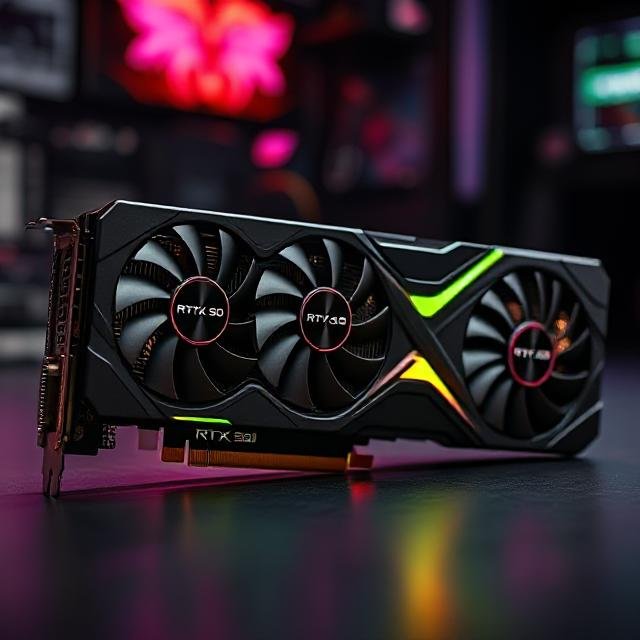AMD Just Killed One of the Best Budget Gaming CPUs — And Fans Are Not Happy

AMD Just Killed One of the Best Budget Gaming CPUs — And Fans Are Not Happy
For years, AMD has earned the loyalty of PC builders by doing something rare in the tech world: standing by its platforms long after they launch. The AM4 socket, introduced all the way back in 2016, is a shining example. Even today, nearly a decade later, you can still build a capable gaming PC around it — thanks in part to a steady stream of budget-friendly processors, including models with AMD’s high-performance 3D V-Cache technology.
But now, one of the most balanced and accessible chips in that lineup appears to be gone for good: the Ryzen 7 5700X3D.
The Quiet Death of a Gaming Favorite
Recent reports confirm that AMD has stopped manufacturing the Ryzen 7 5700X3D, pulling the plug on a processor that launched less than two years ago. The move has caught many budget-conscious gamers off guard.
The 5700X3D was essentially a slightly toned-down version of the flagship Ryzen 7 5800X3D, featuring 8 cores, 16 threads, and a massive 96MB of L3 cache — the secret sauce behind AMD’s 3D V-Cache performance boost in gaming. Its boost clock topped out at 4.1GHz, slightly lower than its pricier sibling, but with nearly identical real-world gaming performance.
Unlike newer Ryzen 7000 and 8000-series 3D chips, the AM4-based X3D processors don’t support overclocking due to cache stability concerns. But for most users, that didn’t matter — the 5700X3D delivered excellent performance right out of the box, with no tweaking needed.
Why This Chip Was So Special
What made the 5700X3D stand out wasn’t just its specs — it was its value.
- It offered near-flagship gaming performance at a much lower price than the 5800X3D.
- It was widely available at major retailers, unlike the Ryzen 5 5600X3D, which was limited to Micro Center in the U.S.
- The newer Ryzen 5 5500X3D is only sold in Latin America, making it inaccessible to most global buyers.
- Meanwhile, the 5800X3D still carries a $100+ premium, putting it out of reach for many.
That left the 5700X3D as the sweet spot — a chip that gave strong 3D-cache benefits without forcing users to upgrade to a newer (and more expensive) AM5 platform just to stay competitive.
Vanishing from Shelves — And No Replacement in Sight
Today, the Ryzen 7 5700X3D is already missing from major U.S. retailers like Amazon, Newegg, and Best Buy. Stock is drying up fast, and there are no signs of new production runs.
Even the original 5800X3D is becoming harder to find, suggesting AMD is quietly phasing out the entire AM4 3D-cache lineup — despite the platform’s enduring popularity.
This marks a shift from AMD’s usual strategy of long-term support. While AM4 motherboards still work great and are plentiful, the company isn’t offering a clear successor to the 5700X3D within the same ecosystem. For users who want 3D V-Cache on a budget, the path forward is now unclear.
What Are Your Options Now?
If you’re building or upgrading and wanted a 3D-cache CPU on a budget, your choices are limited:
- Buy used: The secondhand market (eBay, Facebook Marketplace, etc.) still has plenty of 5700X3D and 5800X3D chips, but you’ll need to be cautious about condition and authenticity.
- Upgrade to AM5: Consider the newer Ryzen 7000 or 8000G series with 3D cache — but that means investing in a new motherboard and DDR5 memory, which increases cost significantly.
- Stick with non-3D chips: CPUs like the Ryzen 5 5600 or Ryzen 7 5700X are still solid, but they don’t offer the same gaming performance boost from extra cache.
The End of an Affordable Era
The discontinuation of the Ryzen 7 5700X3D isn’t just about one chip going away — it’s a sign of a larger transition. As AMD pushes forward with AM5 and next-gen architectures, the era of high-performance budget builds on AM4 is slowly coming to a close.
For years, AMD gave users a way to build powerful gaming PCs without breaking the bank. The 5700X3D was one of the last great examples of that philosophy.
Now, it’s gone — and for many, it’ll be hard to replace.




